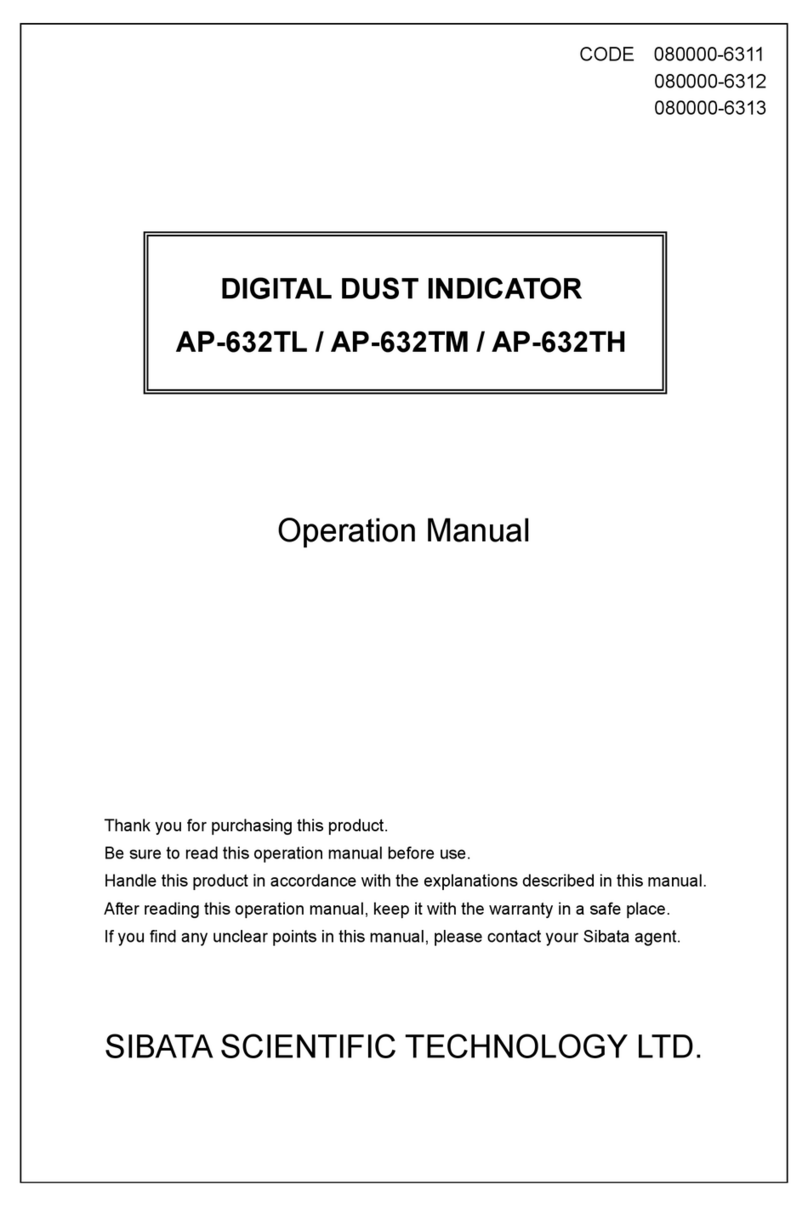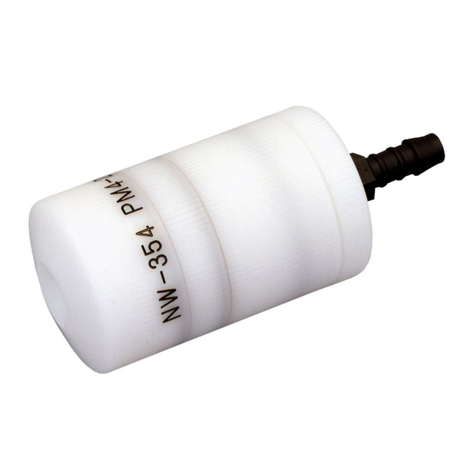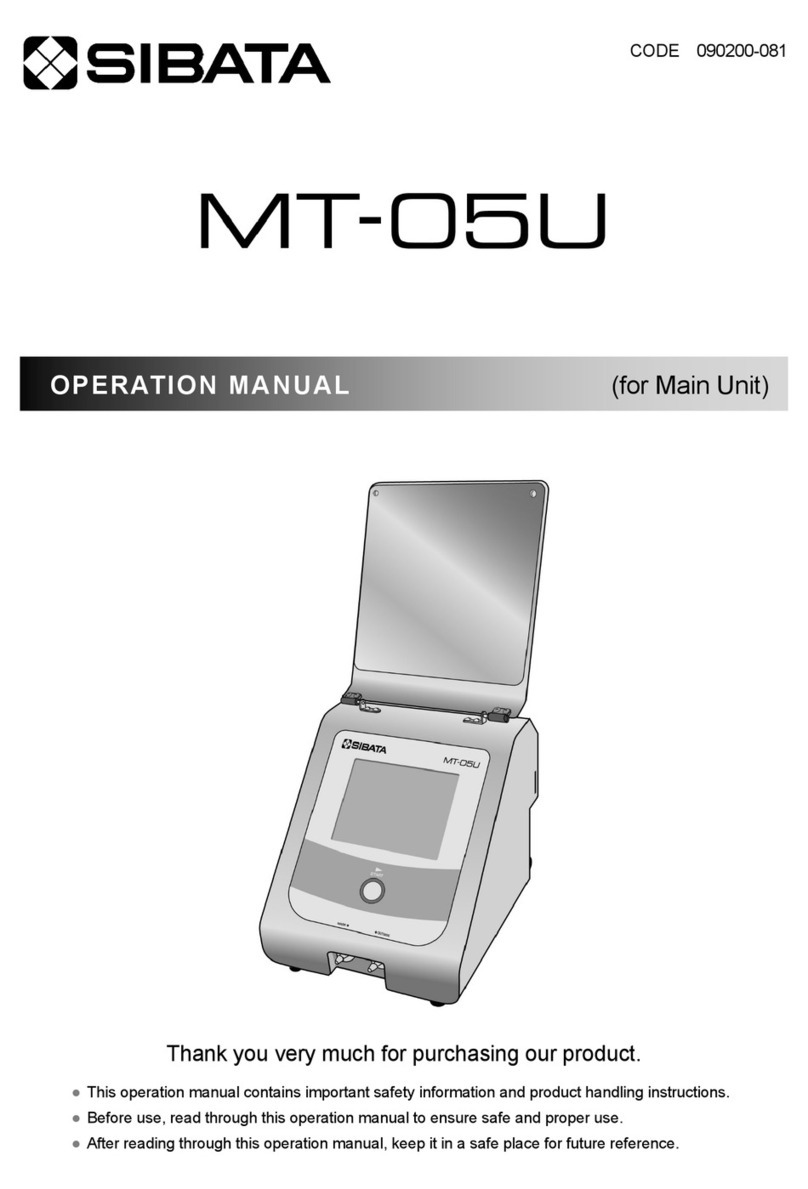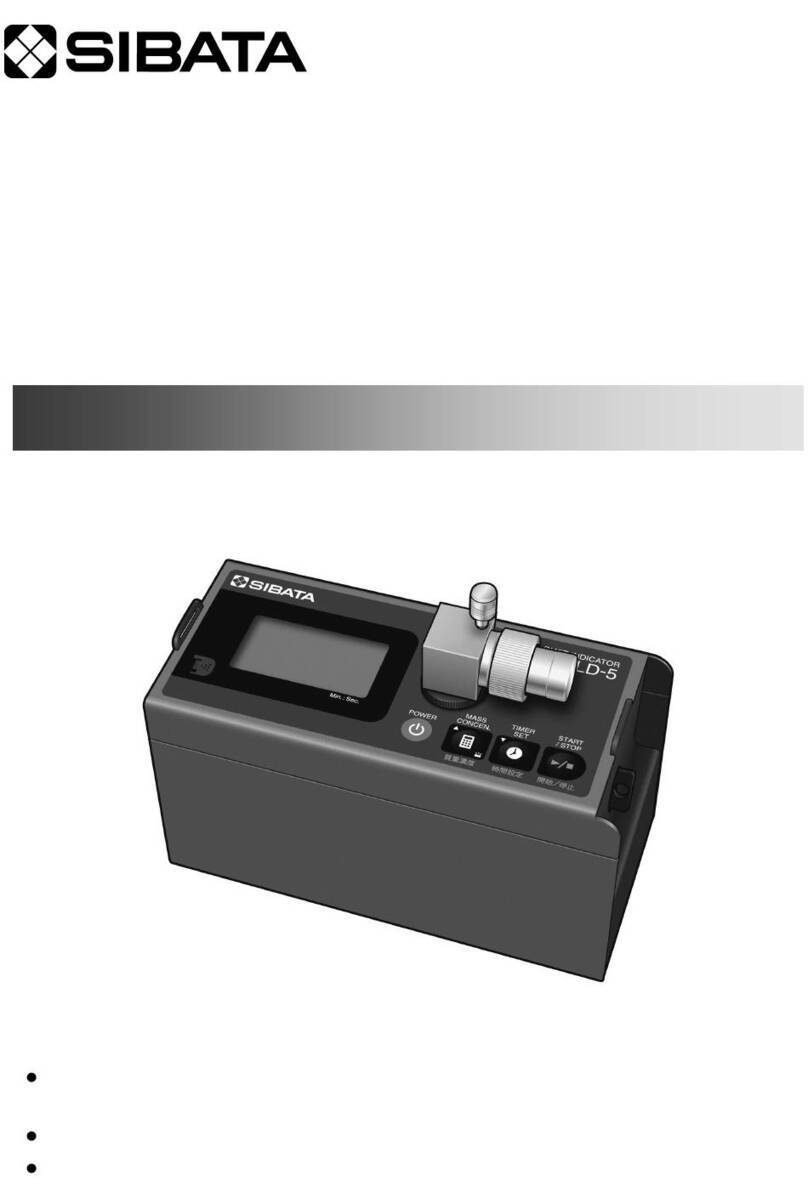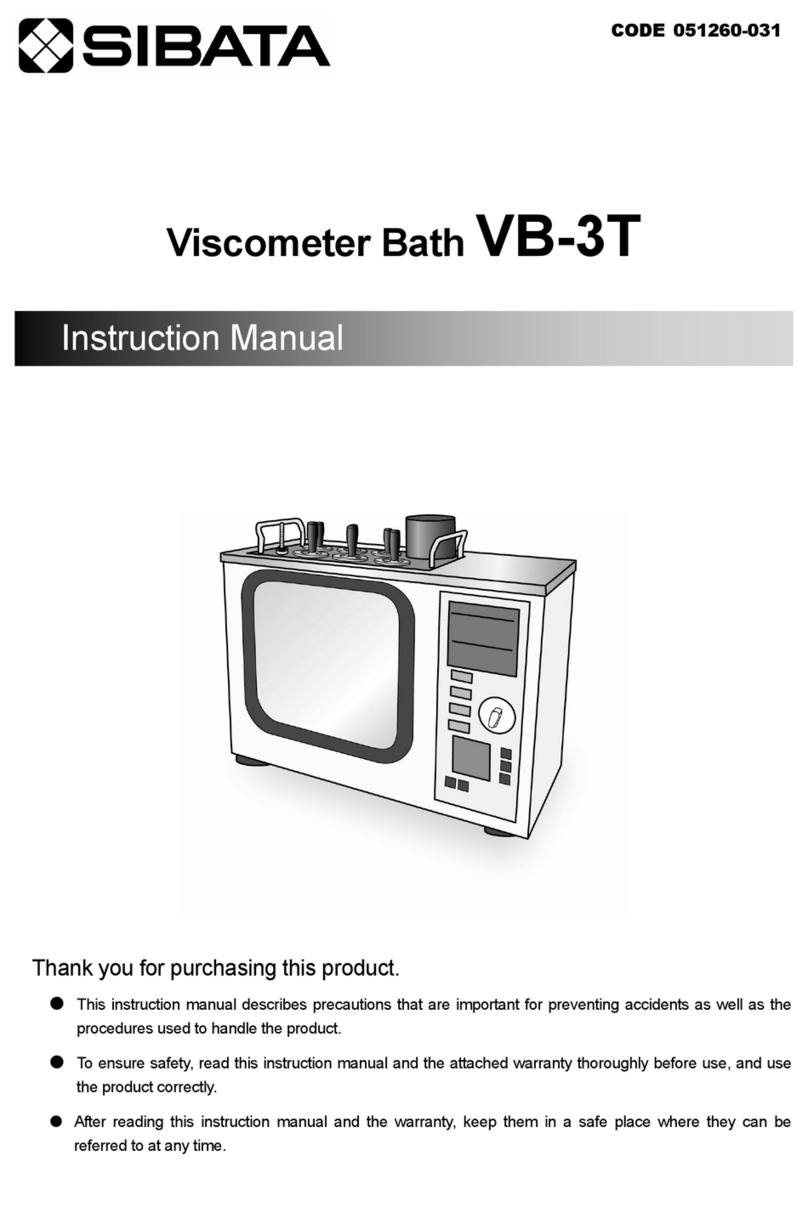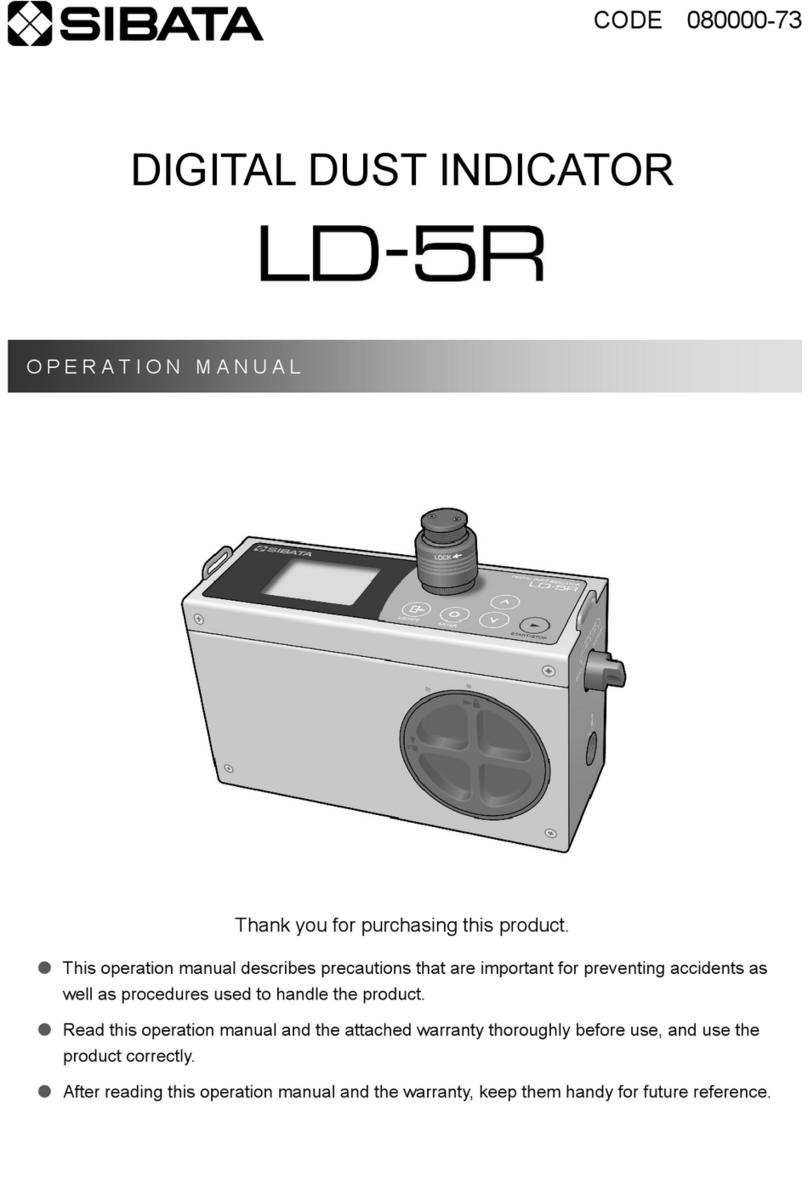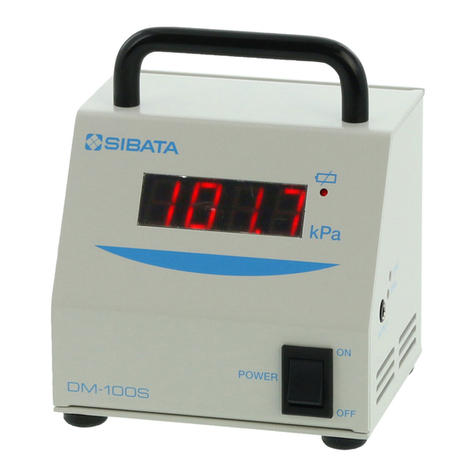
3
Before Use
zRead and understand the instructions given in
this operation manual before using the product.
zKeep this operation manual handy for future
reference.
zFamiliarize yourself with the safety precautions
given in this operation manual and observe them.
zObserve usage procedures that are suitable for
the product and are specified in this operation
manual.
Be sure to observe the above instructions.
Failure to do so may result in an accident or injury.
zAbout This Operation Manual
zInformation in this operation manual is subject to change without notice in the interest of
product improvement.
zEvery effort has been made to ensure that the information in this operation manual is correct.
If you discover any errors or omissions, however, please contact your Sibata representative.
zThe copyright of this operation manual belongs to Sibata Scientific Technology Ltd.
This operation manual, or any part thereof, may not be reproduced, reprinted, or altered in
any form without prior written permission from Sibata Scientific Technology Ltd.
zContents of Package
Check the package for the following items before using the product.
zAQUAB body ·······1 unit zSample cells ····················2 pcs
zPowder reagent ···25 packs zAAA batteries
(for checking operation) ····· 4 pcs
zCarrying case ······1 pc zWarranty ························· 1 copy
zQuick Manual ······1 copy zOperation Manual
(this document) ······ 1 copy
Note: If any of the items are damaged or missing, contact your Sibata representative or the store
where you purchased the product.
